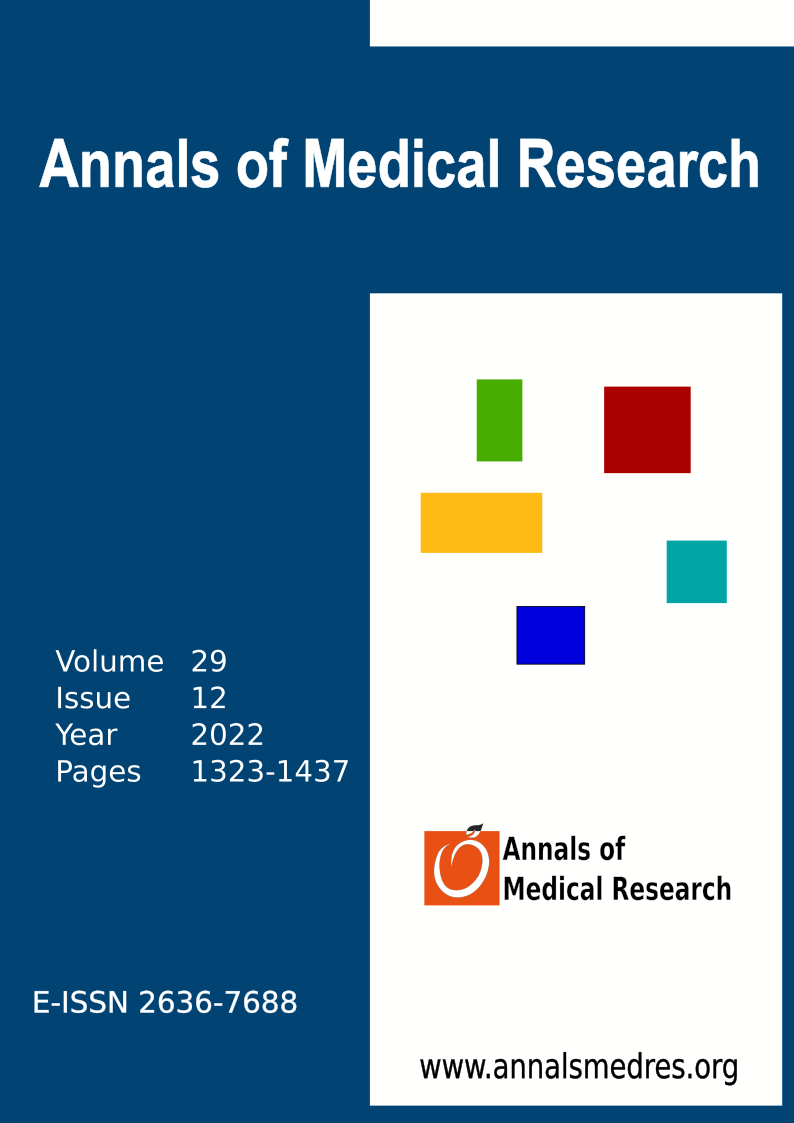Assesment of normal ECG percentiles and cardiac rhythm problems through 12-Lead ECG Screening in school-age children
Keywords:
Electrocardiography, Child, Screening, GenderAbstract
Aim: Electrocardiography (ECG) is an important non-invasive examination used for the diagnosis of cardiovascular diseases and rhythm problems for nearly hundred years. Many studies showed the important effect of age and gender on electrocardiographic tracings and studies were made to form ECG data normal for age groups. The number of studies on this subject is quite low in children. The aim of this study was to evaluate the standard percentile values of ECG measurement and the prevalence of cardiac rhythm disorders in school children aged 6-18 in our region.
Materials and Method: 2154 students who were randomly selected from eight elementary, secondary and high schools in Malatya city center were included in the study and informed consent form was taken from their families. Using MAC 2000 (GE Healthcare, Milwaukee, USA) device capable of taking digital ECG record, ECG records with standard 12 derivations were taken for all participating children. ECG records of all children were examined by the same pediatric cardiologists. Using 24 hour Holter ECG and echocardiography, advanced evaluation was performed for the children with problems detected in ECG records.
Results: Pathology was detected in the ECG of 110 out of a total of 2154 children whose ECG records were examined. Average age of 2044 children without detected conduction and rhythm disorder was 11.4±2.8 and 56.8% (n=1149) were female. In addition to the heart rate, PR, QT and QTc interval and QRS time, R/S ratio was also checked manually in V1, V2 and V6 precordial derivations together with QTc, P, QRS and T axis for the children participating in the study. These eleven parameters were compared to the other studies in literature. Mean QTc interval was detected below 440 milliseconds in all age groups (6-9, 9-13, 13-18). Mean heart rate per minute was found higher in all age groups in our study compared to other studies. Thus mean QTc interval was found lower than the other studies although QT distance was similar.
Conclusion: Data of this study is important for the detection of normal ECG percentiles and the prevalence of rhythm problems in children and would guide other future studies on this subject.
Downloads
Published
Issue
Section
License
Copyright (c) 2022 The author(s)

This work is licensed under a Creative Commons Attribution-NonCommercial-NoDerivatives 4.0 International License.
CC Attribution-NonCommercial-NoDerivatives 4.0






